Despite all its advantages, leather furniture is prone to mold build-up. The slimy, and often smelly, veneer of mold on a leather couch renders it unusable. In addition, there are many health hazards associated with mold.
The main reasons your leather couch is covered with mold are related to excessive heat and humidity, along with poor ventilation in the room. But, mold can also grow on a leather couch if you don’t use it for a long time. Without proper cleaning and protection, the porous surface of leather can become festered with mold and mildew.
While some of the reasons for mold on a leather couch are beyond your control, others are quite preventable. And, before you consider throwing out the leather couch and buying a new one, read this article to find out how to clean mold off it.
In This Article We'll Discuss
6 Reasons for Mold on a Leather Couch and How to Clean it
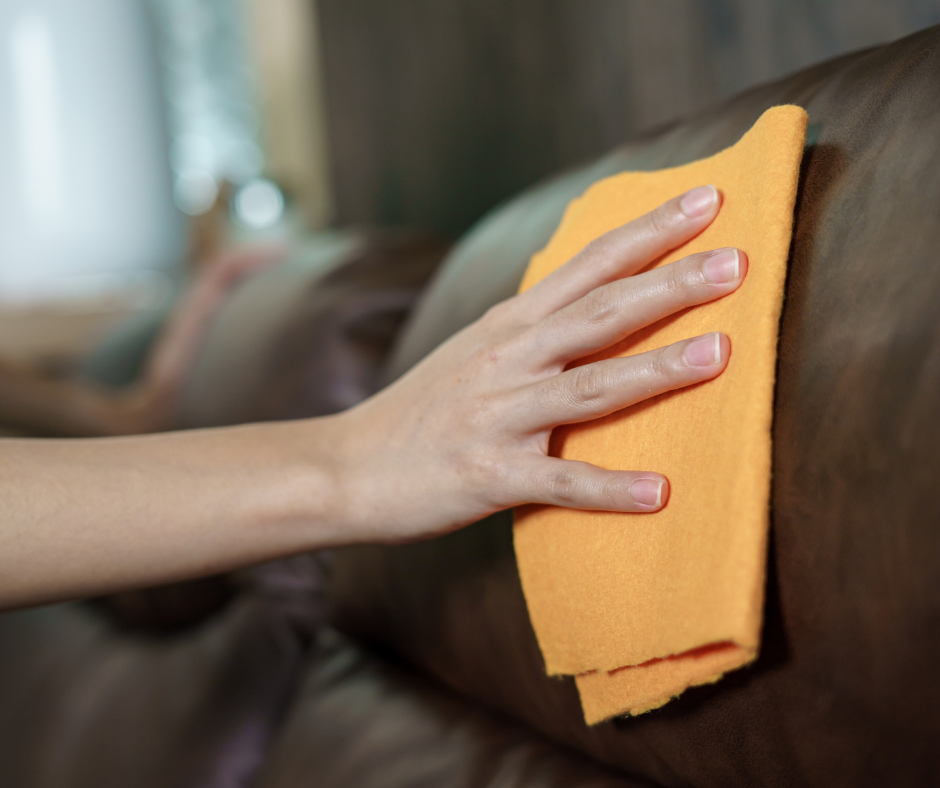
Mold can grow on a leather couch for a variety of reasons. Even a brand new leather couch can have mold. Here are the main reasons this happens:
1. Porous Surface
Unlike synthetic materials, leather is a porous material. And, fungus spores find a safe haven in these surface pores where they multiply and thrive. This creates an unsightly layer of white or grayish-green mold. When you use the couch, the leather absorbs the sweat and moisture in the air, creating the right conditions for the fungi to spread.
2. High Temperatures
Mold is more likely to grow on a leather couch in the warm summer months than in the winter. But, since most homes have heating systems, your leather couch can grow mold even when it’s freezing outside.
3. Lack of Use
If you leave your leather couch without cleaning or using it for a while, mold will creep up on its surface. It will start on the sides and then spread all over the seat. This is especially true if you store the leather couch in a hot and damp place.
4. Lack of Cleaning
Leather needs regular cleaning and maintenance to prevent bacteria and fungi from growing on the surface. Over time, dust and oils collect on the leather, turning it into a Petri dish for bacteria and pathogens.
5. Damp Conditions
Even if you clean your leather couch regularly and apply conditioner to the leather, mold can still find a way to build in the nooks and crannies of the couch. This often happens when the room is damp. With high humidity and temperature levels in the room, mold on the leather couch is inevitable.
6. Poor Ventilation
If your room is poorly ventilated, this will encourage mold to grow on the leather couch. That’s why you shouldn’t keep a leather couch in the basement. Air circulation is important, not just to dissipate humidity, but also to cool down the room and make it more difficult for mold to grow.
Can a Moldy Leather Couch Be Saved?
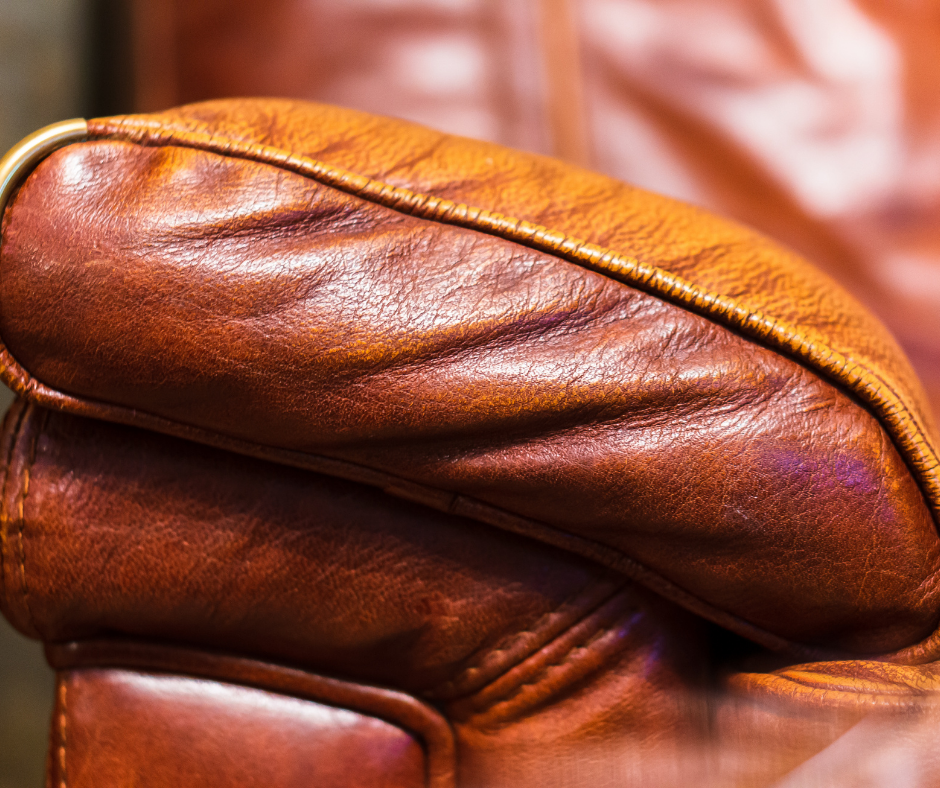
Even if mold is completely covering the leather couch, that doesn’t mean the couch is totally ruined. You can still save the couch and restore it to its former glory with the right cleaning, conditioning, and protection. Mold build-up is confined to the surface of the leather, so it doesn’t leave permanent stains on leather couches.
How Do You Clean Mold Off a Leather Couch?

To clean mold off a leather couch, the first step is to take the couch outside. That will keep the spores from spreading around the house. You’ll also need a soft-bristled brush, a vacuum, mold leather cleaner, leather conditioner, rubbing alcohol, cotton swabs, and clean cloths. Then, follow these steps:
- Use the soft-bristled brush to sweep the spores off the leather surface. Don’t scrub too hard to avoid damaging the leather.
- Spray the mold leather cleaner all over the surface of the leather couch liberally. You want to make sure the cleaner liquid finds its way into the deep corners of the couch.
- You can use rubbing alcohol mixed with water in equal parts instead of the mold leather cleaner.
- Use the clean cloth to wipe the cleaner spray off the leather. Make sure to remove every last drop of liquid before you move on to the next step.
- Dip another clean cloth in lukewarm water and give the couch a thorough rinsing. You might have to rinse the couch twice to remove all traces of the cleaning liquid.
- Leave the leather couch outside, preferably under the sun, to dry before applying the leather conditioner.
- When the leather is totally dry, apply the leather conditioner all over the surface of the couch. Follow the instructions on the container.
What Kills Mold in Leather?

Mold in leather is a health hazard since the pathogens can transport to your skin and cause infections. You should remove mold from your leather couch, shoes, and items of clothing as soon as you see it. You can use commercial products to kill mold on leather, such as BOATER’S EDGE Mold & Mildew Stain Remover and Dealmed Isopropyl Rubbing Alcohol.
You can also use products around the house, such as white-wine vinegar to kill mold. Mix equal parts white vinegar and warm water, then apply it to the moldy surface of the leather couch. Rinse with clean water and allow the leather to dry before applying the leather conditioner.
Can Mold Grow on Leather Furniture?
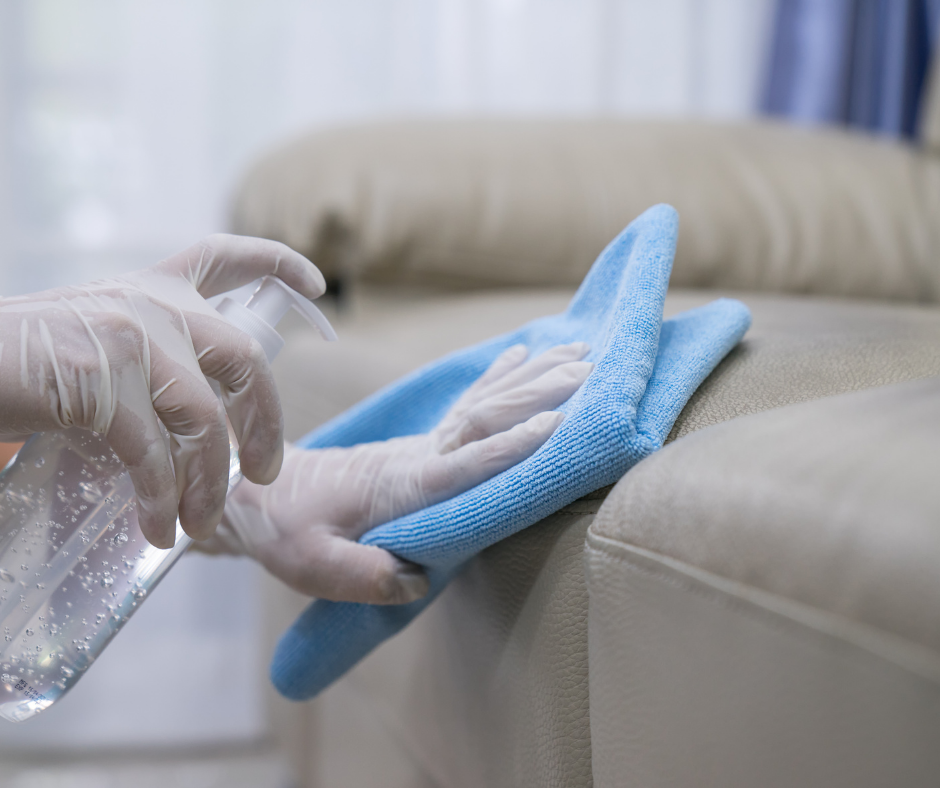
Leather furniture is prone to mold infestations because leather has a porous surface. In the right conditions where the temperature is high and the air is humid, fungus spores will find their way into those pores where they will multiply and grow. Mold prefers damp conditions, especially in the presence of poor ventilation and dim light.
If you store leather furniture with other items covered with mildew, that will trigger mold build-up. Regular cleaning and applying leather conditioners helps keep leather furniture in good condition and prevents mold build-up.
Can You Clean Mold Off Leather?
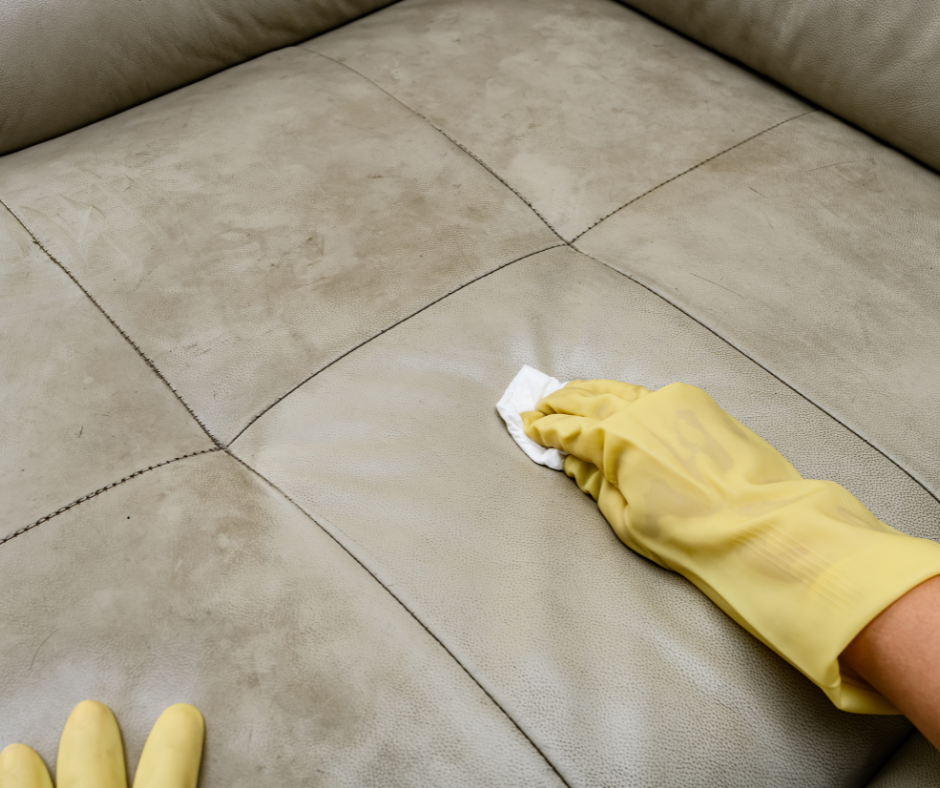
You can clean mold off leather using rubbing alcohol or white-wine vinegar. Or, you can expose the leather to the sun and leave it there for a few hours. The ultraviolet rays will kill the fungus spores which makes it easier for you to wipe the mold off with a clean cloth. Don’t forget to apply a leather conditioner to seal off the leather pores and prevent mold build-up.
What Causes White Mold on Leather?
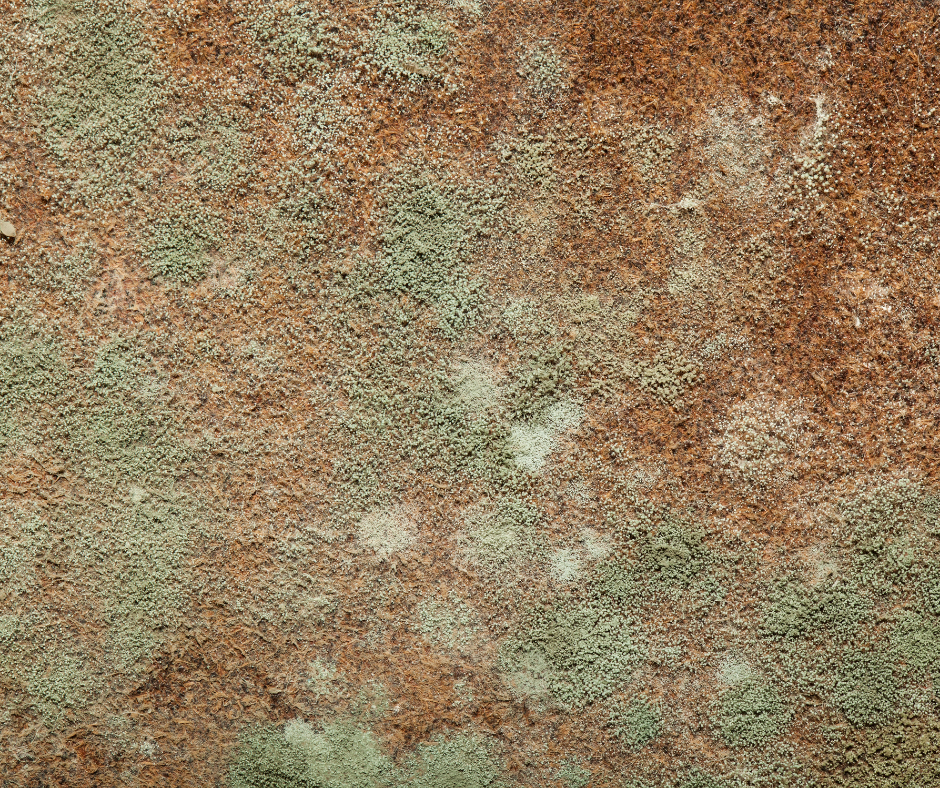
White mold is a type of fungi that feeds on condensed moisture on the surface of the leather. It has the appearance of white cotton. It grows mainly in damp conditions and the spores can move from houseplants to leather furniture in the right conditions. These conditions include poor ventilation, poor light, high temperatures, and damp air.
You can treat white mold on leather the same way you treat other types of mold. Mix white-wine vinegar or rubbing alcohol with water to kill the white mold, then wipe it off and apply a leather conditioner to replace the depleted leather oil.
Conclusion
Mold can grow on your leather couch when you don’t use it for a long time, or in the presence of high temperature, dampness, and lack of air circulation. Be sure to clean your leather couch once every three to four months, and apply a leather conditioner to seal off the pores on the surface of the leather. These precautions will help you prevent mold build-up in the future.

